Symptoms of Vitamin D deficiency
Because the symptoms of Vitamin D deficiency are so prevalent Vitamin D is often seen as the new cure for most ills. Because of this so it makes sense to know more specifically what these symptoms actually are. Immediately anything doesn't feel right with my health I want to rush off to have my Vit D levels checked! I decided it would help me more to do some research on the matter.
Vitamin D is essential for healthy bones as well as a healthy nervous system, and a lack of it can cause serious medical problems. Think about it - without healthy bones life can be rather challenging. Then if the nervous system that is supported by the bone structures and vice versa, isn't too healthy, then it's pretty logical that life could get miserable? So, what are the signs or the symptoms of vitamin D deficiency? There are actually many varied symptoms, each connected to specific medical conditions.
Rickets
A bone-wasting disease that I think is the most commonly known symptom of vitamin D deficiency. Low levels of Vitamin D can increase the risk of poor bone health, including rickets in young children. It is also brought about through an inefficient metabolism of vitamin D, magnesium, phosphorus or calcium. When a child is seriously malnourished during early childhood, this inefficiency is common. Also occurring in adults, it is known as Osteomalacia and in this case is mostly a symptom of Vitamin D deficiency.
Rachitic children (those displaying symptoms of Rickets) do not have evidence of rickets via x-rays necessarily, the diagnosis is instead made by low 25(OH)D levels and by elevated alkaline phosphatase levels (mean 1237 U/L).
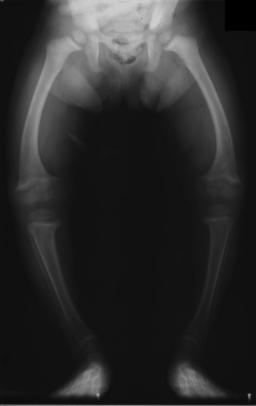
Radiograph of a 2 year old with Rickets
Vitamin D deficiency being misdiagnosed as child physical abuse has become quite a common occurrence in the USA it seems. Certainly if you listen to what Dr Cannell has to say to poor families who are incorrectly convicted of this criminal offence.
As Dr Cannell explains, the key on examination is that the fractures are painless, unlike traumatic fractures, and there are no bruises. A common finding in the neonatal medical record is craniotabes, or softening of the skull. About 20% of "normal" newborns have soft bones as evidence by craniotabes. These newborns are not considered normal by Dr Cannell, as he believes they are simply the newest additions to the vitamin D deficiency pandemic.
Dr Benjamin Jacobs, consultant paediatrician at the Royal National Orthopaedic Hospital in the UK, described the issue there as a "major problem - we see about one case of rickets a month in our hospital, but that's the very severe end of the disease.There are many other children who have less severe symptoms of Vitamin D deficiency - muscle weakness, delay in walking, bone pains - and research indicates that in many parts of the country, the majority of children have a low level of Vitamin D."
Those researching symptoms of Vitamin D deficiency believe that parents are largely unaware of the risk of Rickets, while health professionals are often taught that it is a disease of the past and so do not consider it as a cause of anyone's health issues.
Osteoporosis and Frailty
A condition of weakened bone tissue, osteoporosis is a common symptom of Vitamin D deficiency, which in turn greatly impairs calcium absorption. Vitamin D increases bone mineral density. When your body lacks calcium, it will take it from your bones. This in turn makes your bones weak and susceptible to breaks and aches.
Falls and fractures are an important cause of disability for the elderly. Vitamin D deficiency is a risk factor for poor neuromuscular control. This causes people to lose balance, especially the elderly, as they may not have the muscle strength to avoid falling. There are several studies that have identified low vitamin D levels and their effects on fractures. In the United States, osteoporosis causes more than 1.5 million fractures each year.
Frailty is defined by 5 criteria:
- shrinking/sarcopenia (weight loss)
- weakness
- exhaustion
- slowness
- low physical activity
In older women, both high and low levels of 25-hydroxyvitamin D (25(OH)D) are associated with higher odds of frailty, whereas lower 25(OH)D levels among nonfrail women at baseline were associated with an increased risk for frailty or death after 4.5 years, according to the findings of a prospective study. (http://www.medscape.org/viewarticle/734356?src=cmemp)
Macular degeneration
Vitamin D appears to unblock blood vessels that supply the retina. British UCL researchers found that vitamin D supplements were potentially a "simple and effective" way to combat age-related eye diseases, such as macular degeneration and other symptoms of Vitamin D deficiency. Effects in mice were seen in as little as six weeks.
Scientists believe many people in developed countries lack vitamin D, which they think is essential to keeping a good blood supply flowing to the retinas. However, the RNIB cautioned that much more work was needed before people started taking the supplements to help with failing vision.
Alzheimer's
Findings showing vitamin D could reduce the build-up of amyloid plaques on the brain, which have been linked to the development of Alzheimer's disease.
Mice given the supplements also had less amyloid deposits in other blood vessels, including the aorta, which Prof Jeffrey said "suggests that vitamin D could be useful in helping to prevent a range of age-related health problems, from deteriorating vision to heart health".
Prevention
There are many diseases and conditions that can be prevented through sufficient vitamin D that in themselves present a symptom: prostate cancer, breast cancer, ovarian cancer, colon cancer, depression.
The following symptoms of Vitamin D deficiency can be assisted in recovery through Vitamin D treatments:
- Obesity: it impairs vitamin D utilization in the body, so obese people need twice as much vitamin D as they would normally.
- Psoriasis: Vitamin D is used around the world to treat Psoriasis.
- Schizophrenia: Vitamin D deficiency causes schizophrenia.
- SAD: Seasonal Affective Disorder is caused by a melatonin imbalance initiated by lack of exposure to sunlight and thereby a lack of Vit D.
- Fibromyalgia: Chronic vitamin D deficiency is often misdiagnosed as fibromyalgia because its symptoms are so similar - muscle weakness, aches and pains.
- Diabetes: Vitamin D deficiency may exacerbate type 2 diabetes and impair insulin production in the pancreas. Infants who receive vitamin D supplementation (2000 units daily) have an 80% reduced risk of developing type 1 diabetes over the next twenty years.
REFS for symptoms of Vitamin D deficiency:
Wikipedia: Rickets
Eye sight of elderly
Vitamin D deficiency in UK
Natural News
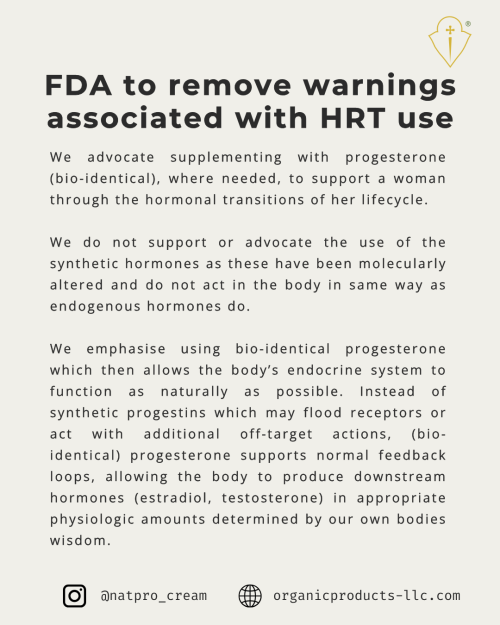
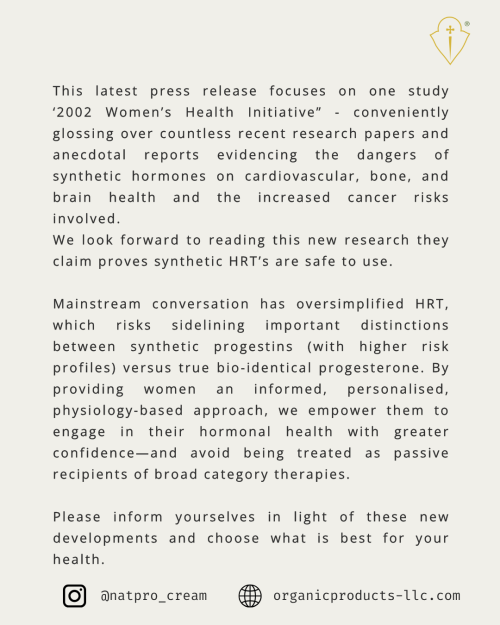 _____
_____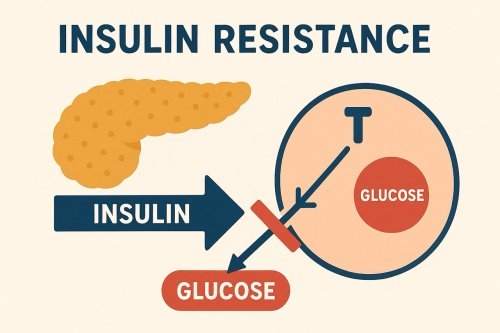 Feeling tired, foggy, or struggling with stubborn weight gain—especially around the waist? You might be surprised to learn that these symptoms could be linked to insulin resistance, a condition that a…
Feeling tired, foggy, or struggling with stubborn weight gain—especially around the waist? You might be surprised to learn that these symptoms could be linked to insulin resistance, a condition that a… Are you struggling with irregular cycles, unwanted hair growth, or unexplained fatigue? You’re not alone. Polycystic Ovarian Syndrome (PCOS) affects up to 10% of women of reproductive age—and many mor…
Are you struggling with irregular cycles, unwanted hair growth, or unexplained fatigue? You’re not alone. Polycystic Ovarian Syndrome (PCOS) affects up to 10% of women of reproductive age—and many mor…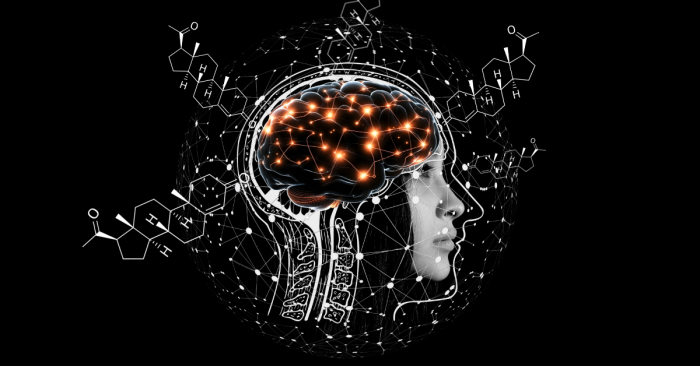 While progesterone is often discussed in relation to reproductive health, emerging research reveals its remarkable role in supporting brain function and protecting against neurological decline. Proges…
While progesterone is often discussed in relation to reproductive health, emerging research reveals its remarkable role in supporting brain function and protecting against neurological decline. Proges… Incase you missed it!
Today is the last day for you to claim 15% off our Natpro 100ml Dispensers. The sale ends at midnight tonight.
How to Claim Your 15% Discount:
•Shop at
Incase you missed it!
Today is the last day for you to claim 15% off our Natpro 100ml Dispensers. The sale ends at midnight tonight.
How to Claim Your 15% Discount:
•Shop at